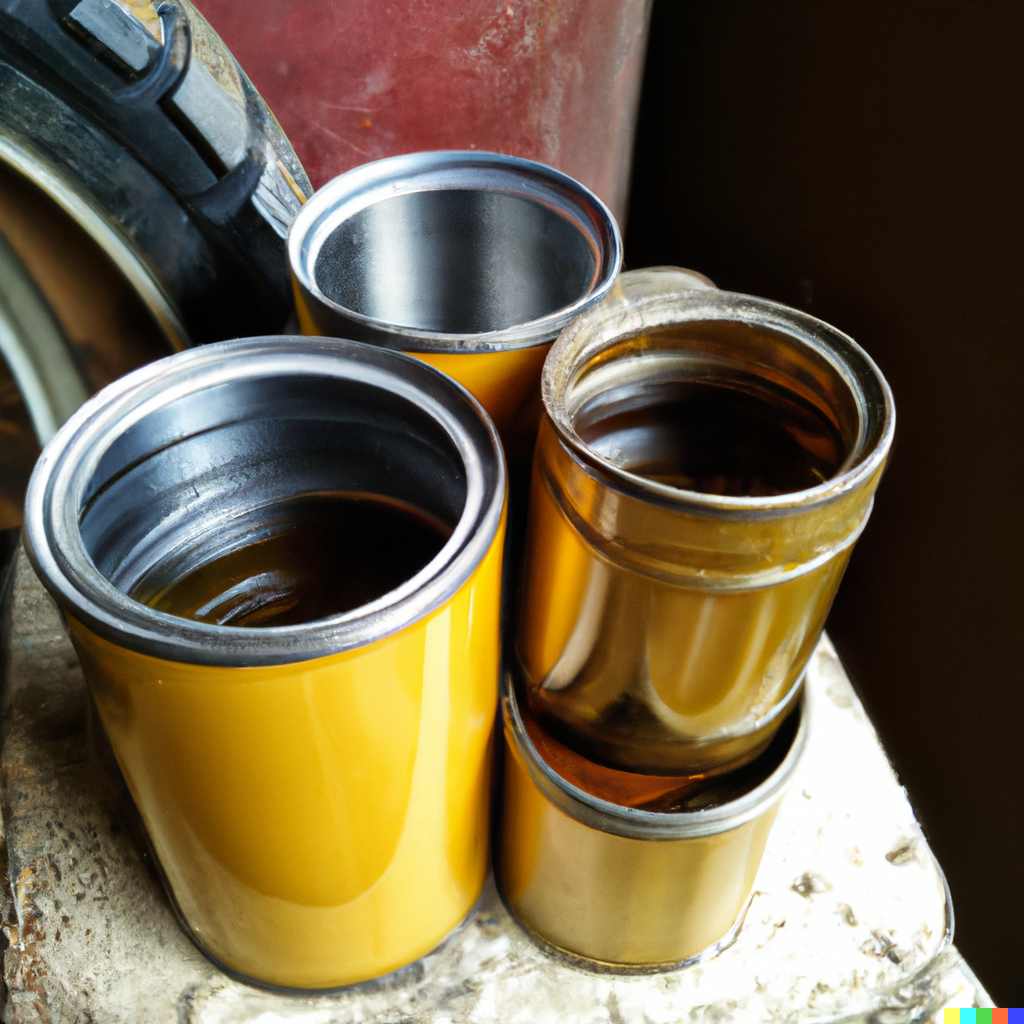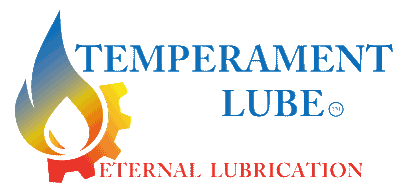
アルキルナフタレンの添加効果
Share
最近忙しくコラムの方サボリ気味ですが、なるべく継続して書きたいと思います。
思いつきで書き始めて完成しないことも多々あり申し訳ございません。
知りたいまたは興味のあるテーマあればメールの方にでも送ってくださると嬉しいです。
info@temperamentlube.net
さて、今回のテーマはアルキルナフタレンです。
どう言う利点があるとか言いますと、酸化安定性向上、加水分解防止、熱安定性向上と金属表面に吸着しドライスタート時や高負荷時のエンジン保護に効果が見込まれます。
粘度指数の問題なのか特に高温に強いのか、また高圧化では粘度が上昇する効果の報告を聞いております、高温高負荷域でも粘り強く同じ番手のオイルより固く感じる程です。
また、吸着効果はありますが、他の添加剤の邪魔をしない、しづらいです。
デメリットは古い車両(概ね80年代以前の車両)では若干パッキン類の膨潤があるようですがAN100%など極端でなければ問題ありませんし、PAOにはゴム類の収縮作用があるのでパッキンのヤセ防止にANを少量加えるのも良いです。
追伸、
何を重視するかによりますが添加量推奨15%未満にしておりましたが、やはり10%上限が無難そうです。
吸着効果で摩擦低減を狙うなら2~3%前後、高負荷での保護性を目的とするなら3~10%、それ以上はオイルの劣化防止や高負荷のダレ防止にに競技用や、産業機械に利用なされるのが良いかなと考えます。
